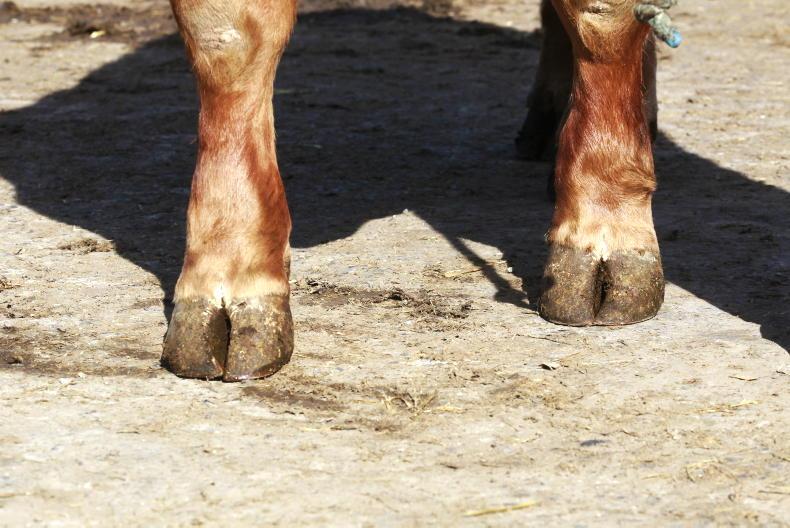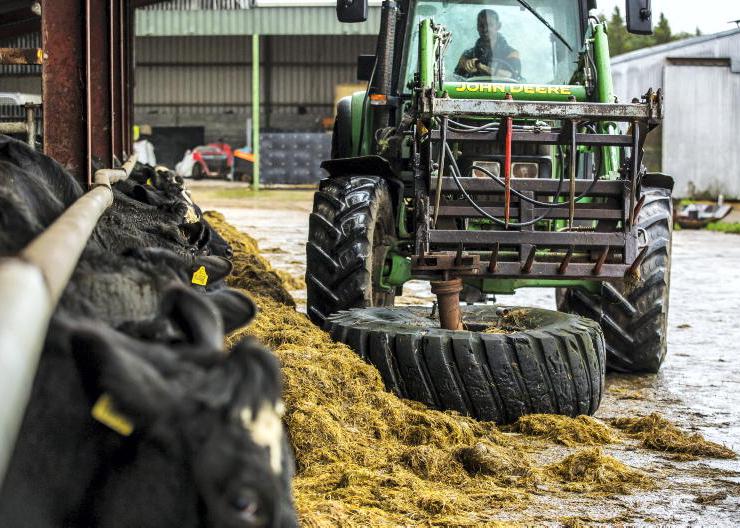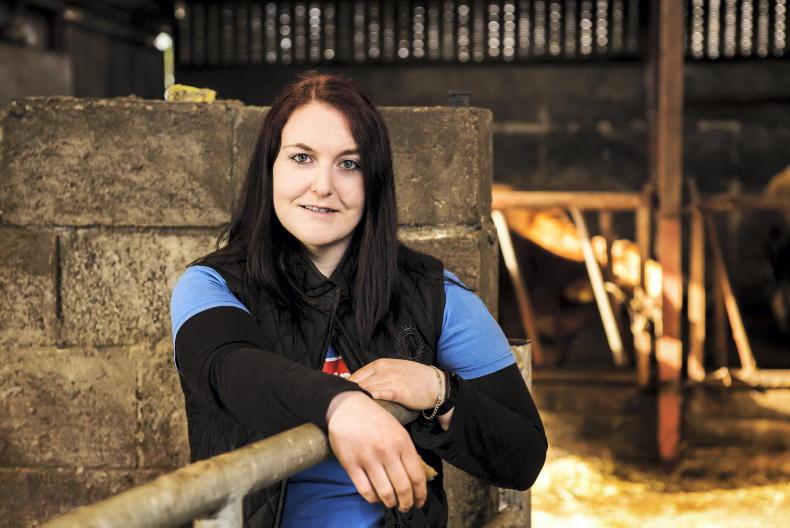Take stock of silage reserves as the year draws to a close.
It is important to know if there is adequate fodder on farm to last until the usual turn-out date in spring.
Completing a simple fodder budget will provide such info, using the following steps.
1. Online budgeting
A fodder budget can be carried out online here.
2. Measure the clamp
Alternatively, do it manually by measuring the length, width and average height of the clamp in metres.
Multiply the three measurements to get cubic capacity. To convert this figure to freshweight tonnage, multiply by 0.6 for silage at 30% dry matter or 0.65 for silage closer to 25% dry matter.
3. Count up silage bales
Count up all round bales and multiply by 0.85 to get the tonnage. Add this figure to tonnage of pit silage to get the total forage on farm.
4. Cattle demand
Next, work out how much forage cattle will eat over a typical winter on farm. Dry spring-calving cows will eat close on 1t of silage every month. A lactating suckler cow will eat closer to 1.5t/month.
Weanlings and light stores are likely to eat around 0.6t to 0.75t/month. Add in an extra month for safety in the event of a late spring turnout.
5. Taking action
If fodder stocks exceed cattle demand, there is enough forage on farm to last until turnout. But if demand exceeds fodder reserves, then take steps to make up the shortfall.









SHARING OPTIONS